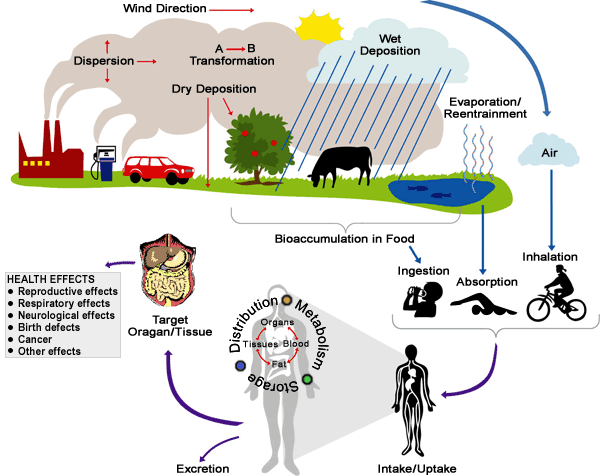Most environmental protection issues concern the often chronic exposure of large populations to low doses of chemical toxins and ionizing radiation. However, measuring the effects of low doses on populations exposed over long time periods is highly problematic. Politically driven opinions often tend to take the place of science. Part of the problem is that epidemiology is a weak tool when the level of exposure is low. High background levels of exposure, genetic diversity, and exposure uncertainties all contribute to “noise” and make dose-response relationships difficult to define. Uncertainty feeds anxiety, leading to polarized politics. This review looks at the promise of molecular technologies for identifying the effects of low doses of radiation and identifies some of the issues involved in defining risk after low-dose exposures. While the main pollutant discussed in this article is ionizing radiation, the analysis could apply equally well to other toxic exposures or to combined radiation and chemical pollutants.
Source:
Carmel E. Mothersill, Richard W. Smith, and Colin B. Seymour
Molecular Tools and the Biology of Low-dose Effects
BioScience (2009) 59 (8): 649-655 doi:10.1525/bio.2009.59.8.6

- Login om te reageren
